I started writing this post just over a year ago and then realized I wasn’t done, so I didn’t get much further than a title and a first line that I tossed. However, at this point I think I’m about as done as I’m going to get with processing of images related to last year’s solar eclipse. I’d originally intended to design another poster or two, but at the moment I have too many other things going on and don’t feel all that creative in that direction. Perhaps before the next total eclipse rolls around in 2024 I’ll go back and look at it again.
At any rate, what I have accomplished just recently was to finally go back and finish a process I’d started last year when I discovered I’d captured the amazing lunar umbra shadow on the clouds in the following image. Since I apparently never made a blog post on THAT I’ll post it here too. In fact, it turns out that I never posted much of anything here about all the processed images from the eclipse, but I did make a few posts on Cloudy Nights.
So you can see all my images and time lapse video from the event, and details on the preparations and photography of the actual eclipse, but the one thing that took me quite a while to do (and even longer to go back and finish) was manually recording the automatic exposure settings of every frame of my time lapse video and then writing a script to adjust the exposure to back those out of each frame in Photoshop so that it’s as though the camera was set with a fixed exposure during the entire eclipse. While no computer monitor or file format is sufficient to cover the real dynamic range from full sunlight to evening night sky, this video will give you an idea of the change in illumination throughout the duration of the eclipse. The bright sky is completely blown out, but if you watch the landscape and foreground you can see things getting darker during the progression of the partial eclipse before things go almost completely black at totality. The goal is to give you an idea of what totality really felt like. Note you can still see the shadow of the moon against the sunlit clouds along the horizon. There are two versions of this in the solar eclipse party folder linked above, but this one has the actual eclipse progression overlaid in the corner once the image capturing starts at about 30 seconds into the video. You can compare the darkening of the sky to the progress of the Moon across the Sun. I hope you enjoy it!



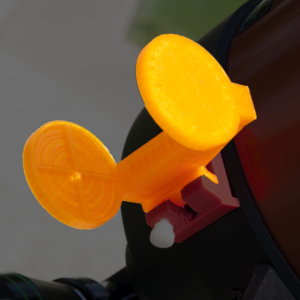

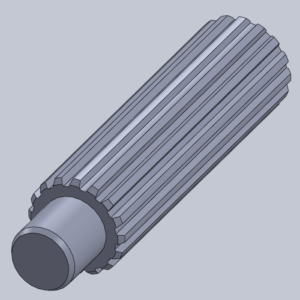

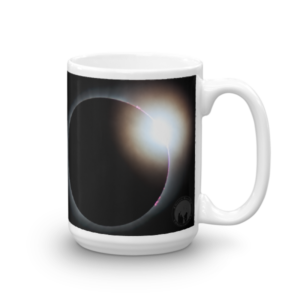


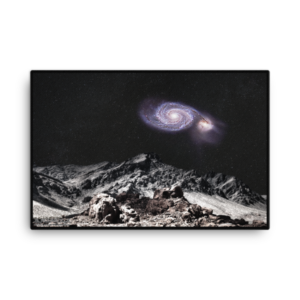


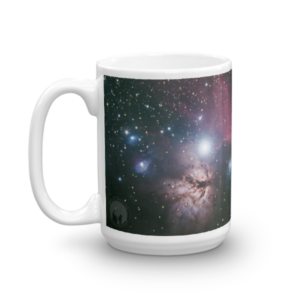
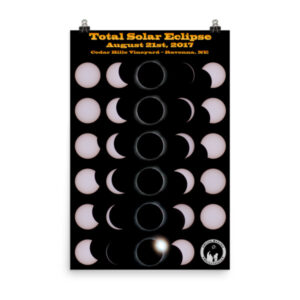

One Response to I think I’m done!